
The U.S. Department of Transportation (DOT) classifies brake fluid into four main categories i.e. DOT 3, DOT 4, DOT 5 and DOT 5.1. The primary differences are their composition and boiling points. (We have discussed brake fluid in detail in OilChat 27 and suggest you revisit it to refresh your memory). Discussions in this newsletter will be restricted to DOT 3 and DOT 4 brake fluids.
Since 2006 DOT 4 is the most common brake fluid used in cars and light commercial vehicles. This is due to higher brake system temperatures, as well as widespread use of anti-lock braking systems (ABS), Electronic Stability Programmes (ESP) and traction control systems (TCS). Nonetheless some (mainly older) vehicles still require DOT 3, but since it is no longer readily available the question is often asked whether one can use DOT 4 instead of DOT 3 brake fluid. Unfortunately there is no straightforward answer to the question.
Both DOT 3 and DOT 4 brake fluids are glycol-ether based and therefore these fluids can be mixed without compatibility issues. Brake fluids are exposed to very high temperatures during braking and and the U.S. Department of Transportation have therefore included minimum boiling points in their Federal Motor Vehicle Safety Standards (FMVSS) 116 brake fluid specifications:

There are no standard formulations for brake fluids, but DOT 3 generally includes about 80% glycol-ether while DOT 4 typically has 50 to 65% glycol-ether with 20-30% borate-ester to improve the high temperature characteristics of the fluid. And this is the reason for the confusion.
Older vehicles that are still on the road today may have had their brake systems designed before DOT 4 brake fluid was introduced. Some brake hoses used in these vehicles, particularly those with inner tubes made of SBR rubber, were found to be incompatible with certain DOT 4 formulations in laboratory testing. The suspect brake fluids appear to be ones with high borate-ester content. It is believed that these formulations permeate the inner tube and then react with the PVA reinforcement braiding to produce a viscous liquid which could build up between the layers of rubber and make the hose considerably weaker. Attempts to reproduce this problem in real life conditions have proven to be difficult though. Most vehicle manufacturers today, however, use a different rubber (EPDM) in their brake hoses which is much more resistant to permeation.
There are several 2006 and older vehicles on the road today that still operate perfectly with their original brake hoses, but when considering what can happen when brakes fail, it is better to be safe rather than sorry. Standard rubber brake hoses do not cost a fortune and are considered consumables, i.e. they need to be replaced. Most vehicle manufacturers recommend you do so at least every six years. This implies that the original brake hoses still fitted to 2006 and earlier vehicles are long overdue.
IMPORTANT: Glycol-ether based brake fluids are hygroscopic which means they absorb moisture from the atmosphere and need to be replaced at least every two years – see your vehicle owner’s manual. It is also important to remember that brake fluid is toxic and combustible and can damage the paintwork of your vehicle.

Blue Chip DOT 4 Brake Fluid is compatible with all materials used in the brake and clutch systems of late model vehicles and exceeds the boiling point requirements of FMVSS 116 as shown below:
If you have any questions about brake fluid, you are welcome to email us at info@bcl.co.za and one of our technical experts will respond to your query.


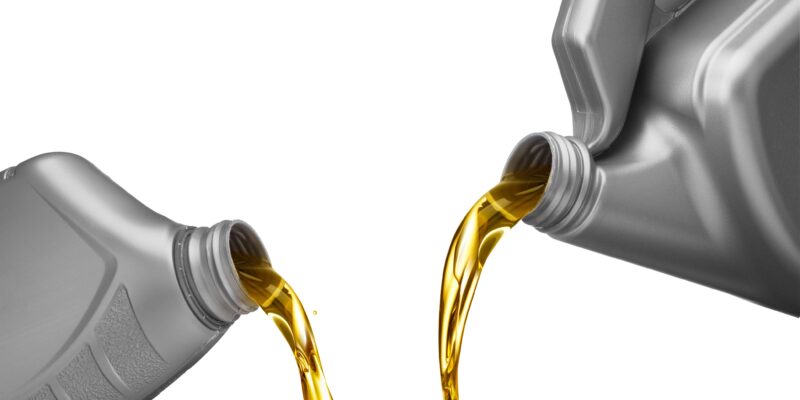
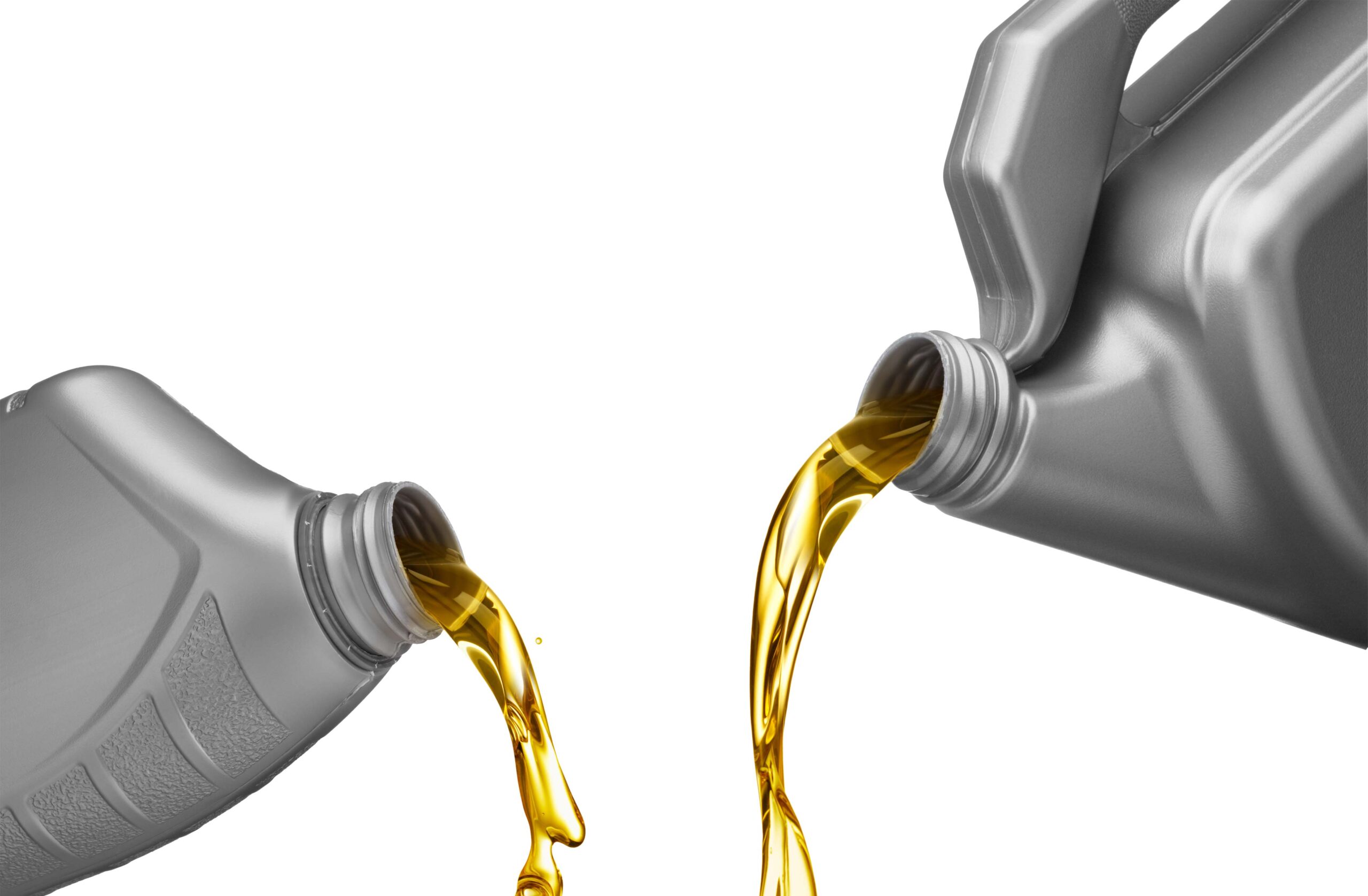
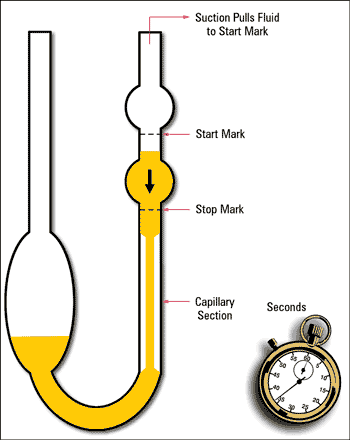 Kinematic Viscosity:
Kinematic Viscosity: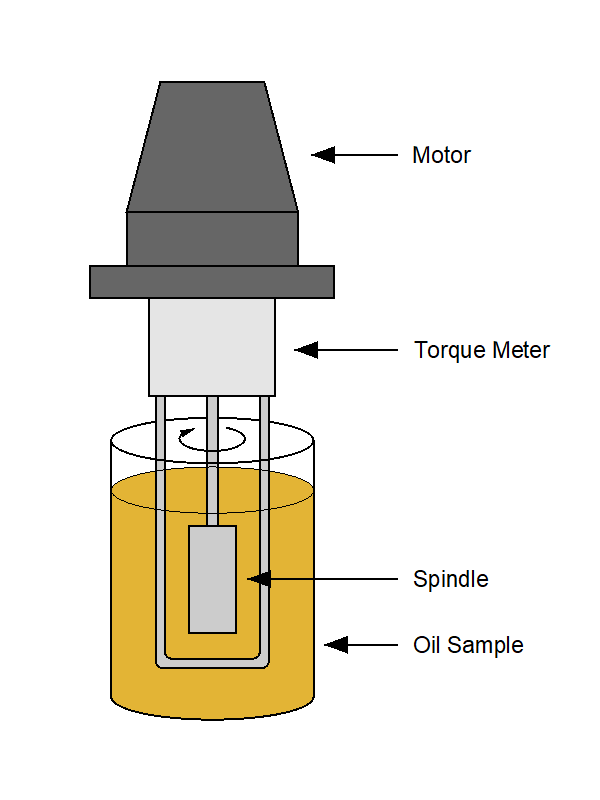


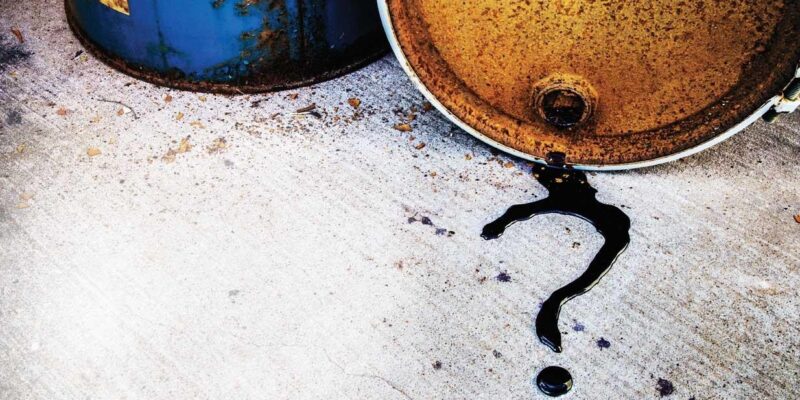
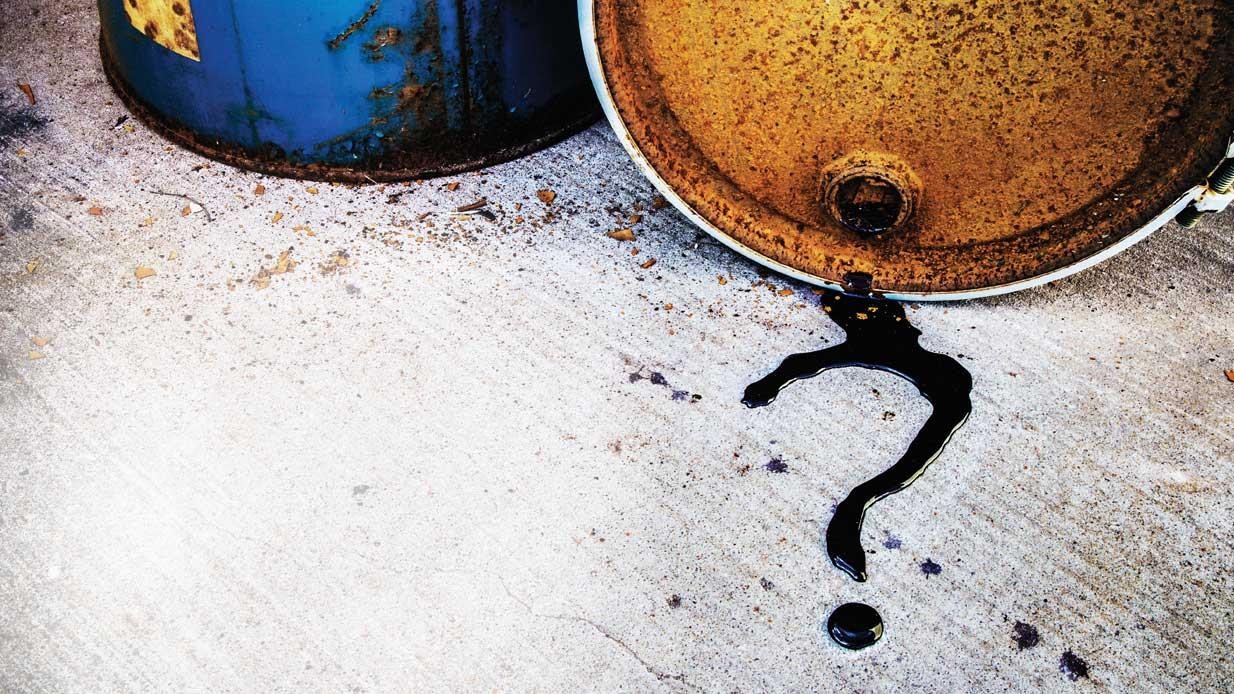




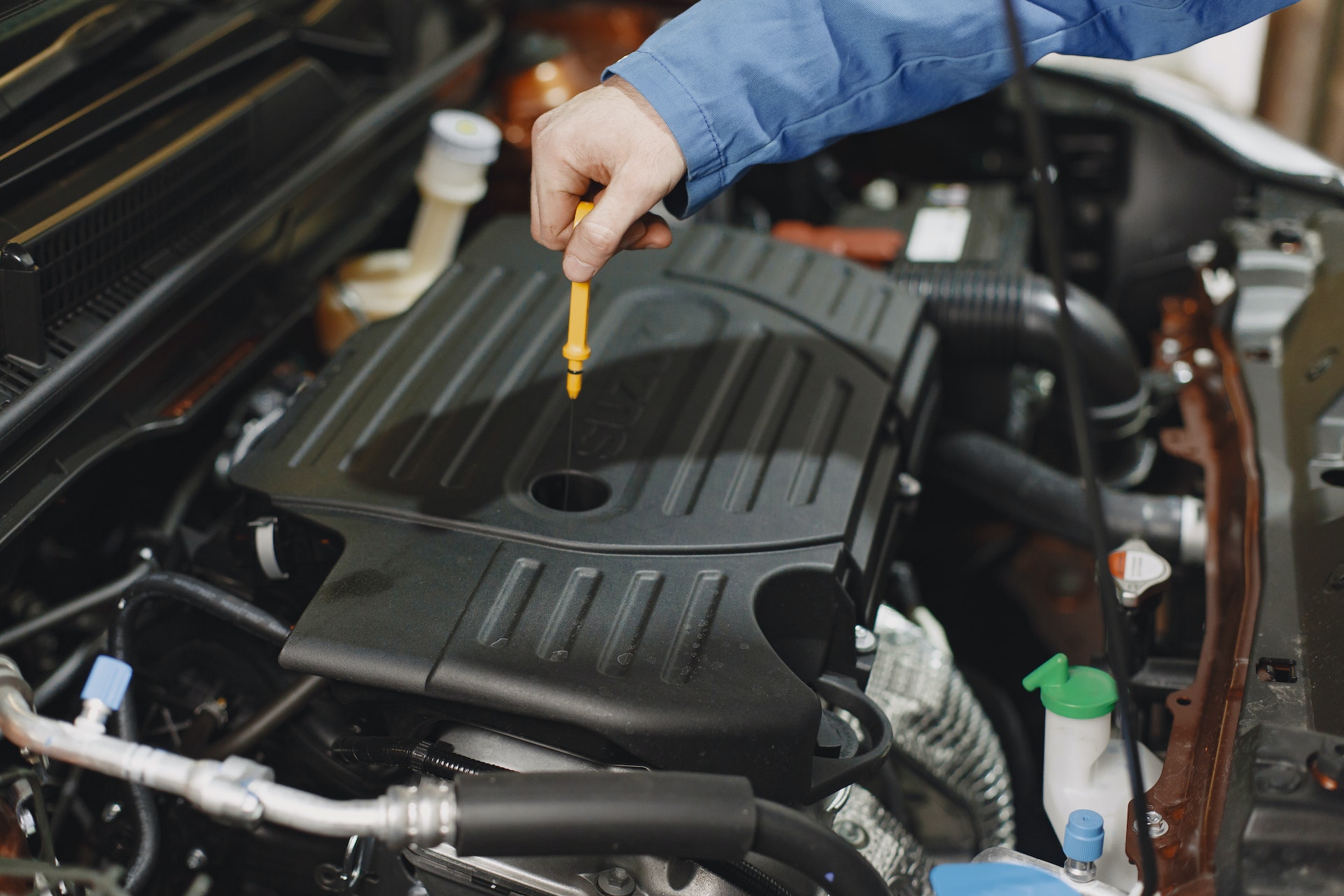

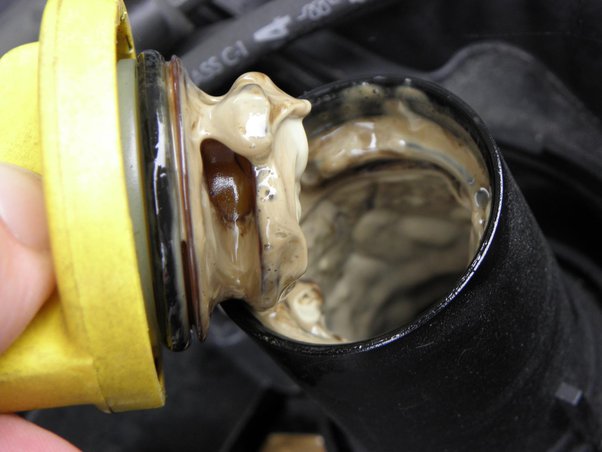


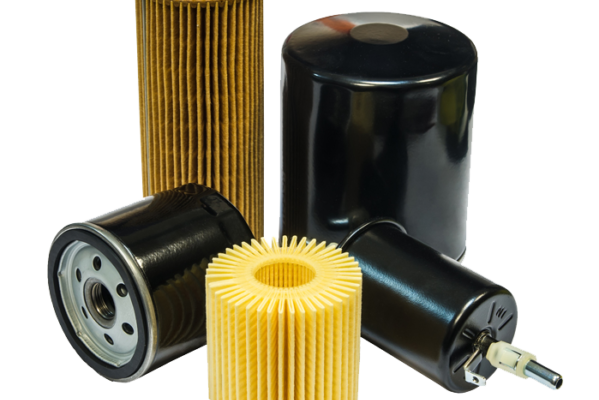
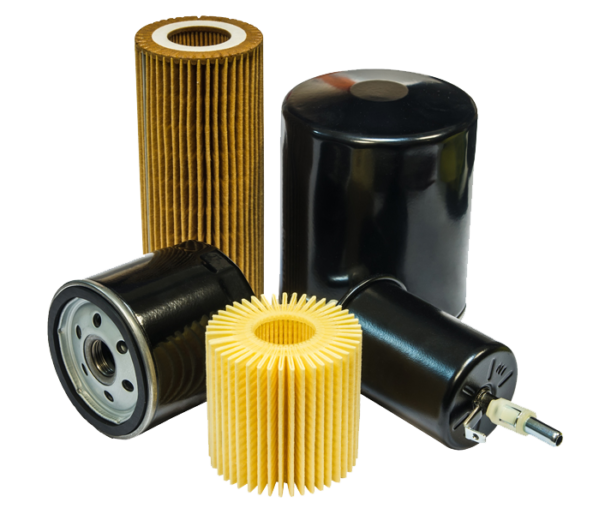


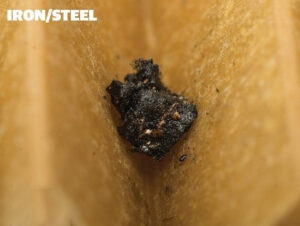
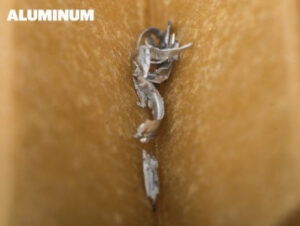 Many modern engines use lightweight aluminium components and pinpointing the origin of shiny aluminium particles in the oil filter can be difficult. One area that experiences regular wear is the piston skirt. Abnormal wear of the piston skirts is often due to contamination that has entered the combustion chamber or the use of the wrong engine oil. Checking the air intake and filter system is a good idea if you believe contamination has entered the engine.
Many modern engines use lightweight aluminium components and pinpointing the origin of shiny aluminium particles in the oil filter can be difficult. One area that experiences regular wear is the piston skirt. Abnormal wear of the piston skirts is often due to contamination that has entered the combustion chamber or the use of the wrong engine oil. Checking the air intake and filter system is a good idea if you believe contamination has entered the engine.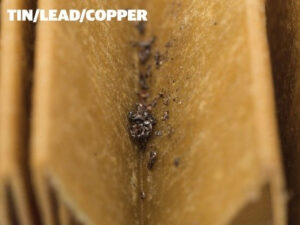 Other small, shiny particles that can be confused with aluminium are tin, lead and copper. These materials are often used in the Babbitt alloy layer of the main and piston rod small end bearings. Insufficient lubrication of these bearings can lead to premature wear of the Babbitt layer and eventually to the failure of the bearing. If remnants of tin, lead or copper are found, it would be wise to ensure that the engine is being properly lubricated with the correct oil.
Other small, shiny particles that can be confused with aluminium are tin, lead and copper. These materials are often used in the Babbitt alloy layer of the main and piston rod small end bearings. Insufficient lubrication of these bearings can lead to premature wear of the Babbitt layer and eventually to the failure of the bearing. If remnants of tin, lead or copper are found, it would be wise to ensure that the engine is being properly lubricated with the correct oil.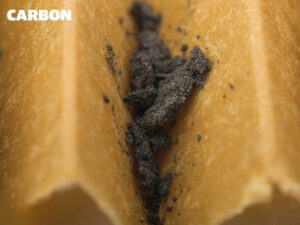 In many cases, you will find some amount of carbon, which is difficult to identify, but the use of a magnifying glass can help. When rubbing carbon between your fingertips it will feel slightly gritty but it will break apart easily. Carbon accumulation is typically a result of blow-by getting past the piston rings. If your engine suffers from excessive oil consumption and low cylinder compression readings, you most probably have worn or damaged piston rings.
In many cases, you will find some amount of carbon, which is difficult to identify, but the use of a magnifying glass can help. When rubbing carbon between your fingertips it will feel slightly gritty but it will break apart easily. Carbon accumulation is typically a result of blow-by getting past the piston rings. If your engine suffers from excessive oil consumption and low cylinder compression readings, you most probably have worn or damaged piston rings.